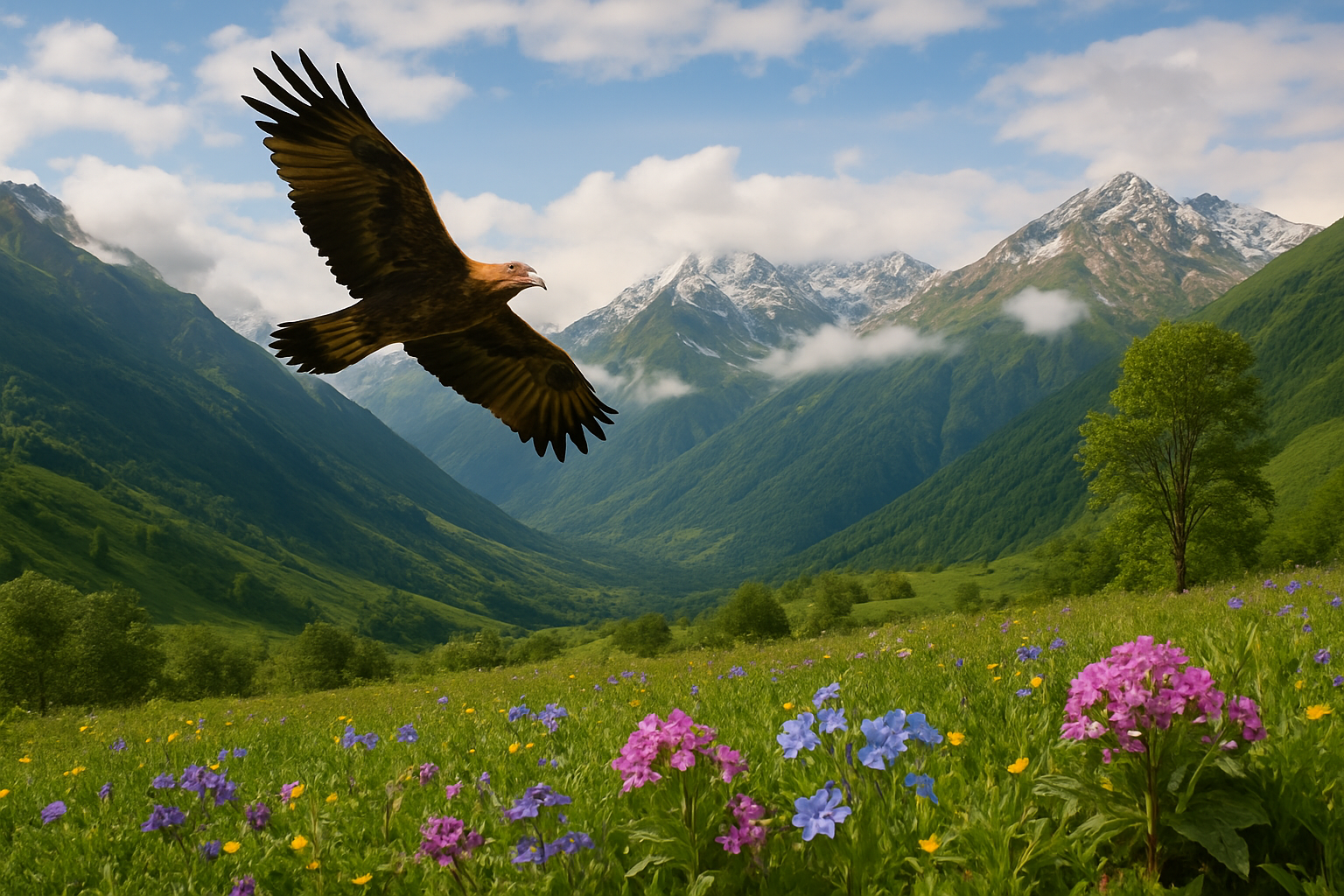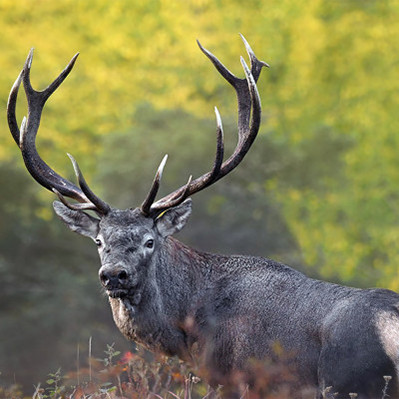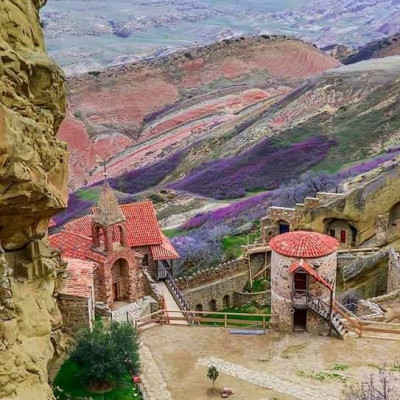
Georgia, located between the Caucasus Mountains and the Black Sea, is one of the world’s richest biodiversity hotspots, home to rare birds and plants that fascinate travelers, scientists, and eco-tourists. Its unique geography includes alpine peaks, deep forests, wetlands, and semi-deserts, each offering habitats for remarkable wildlife. More than 360 bird species live or migrate through Georgia, making it a paradise for birdwatchers. Rare species such as the Imperial Eagle, Griffon Vulture, Lammergeier (Bearded Vulture), and Caucasian Black Grouse are often spotted in mountain regions, while Kazbegi, Javakheti, and Lagodekhi are famous destinations for bird migration observation. The Caucasian Snowcock, found only in the Greater Caucasus, is one of Georgia’s iconic birds, while wetlands like Kolkheti National Park attract bird lovers with eagles, hawks, and falcons. Alongside birds, Georgia’s flora is equally extraordinary. Of more than 4,100 plant species, around 400 are endemic, existing nowhere else in the world. In the Caucasus Mountains, visitors encounter alpine flowers such as Rhododendron caucasicum and Primula caucasica, while the ancient Colchic forests of western Georgia, listed as a UNESCO World Heritage Site, preserve relict plants that date back millions of years. These forests, rich in evergreen boxwood and magnolia, are living monuments of natural history. One of the rarest plants is the Colchic Box Tree (Buxus colchica), now threatened but under protection. The Georgian Snowdrop (Galanthus woronowii), another native species, is admired worldwide. In the east, Vashlovani Nature Reserve offers a striking contrast with desert-like landscapes filled with pistachio trees, wild pomegranates, and fragrant thyme. Georgia protects this diversity through 75 national parks and reserves, such as Borjomi-Kharagauli and Tusheti, which conserve ecosystems and welcome visitors with eco-trails and educational programs. Exploring these areas is more than sightseeing: it connects travelers with nature and supports conservation through eco-tourism. Local traditions also give symbolic meaning to plants and birds, such as the pomegranate symbolizing abundance or the eagle representing freedom. For visitors, discovering Georgia’s wildlife means not only observing rare species but also experiencing a deep harmony between nature and culture. In conclusion, Georgia’s rare birds and plants are a treasure for the world, from the snowy peaks echoing with the call of the snowcock to the evergreen Colchic forests. For eco-tourists, birdwatchers, and plant lovers, Georgia offers an unforgettable journey into one of the planet’s most remarkable biodiversity hotspots.






 Deutsch
Deutsch
 русский
русский
